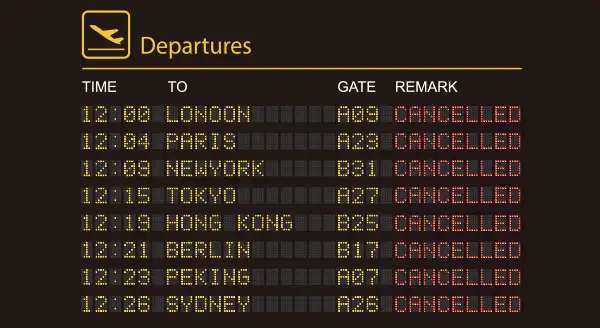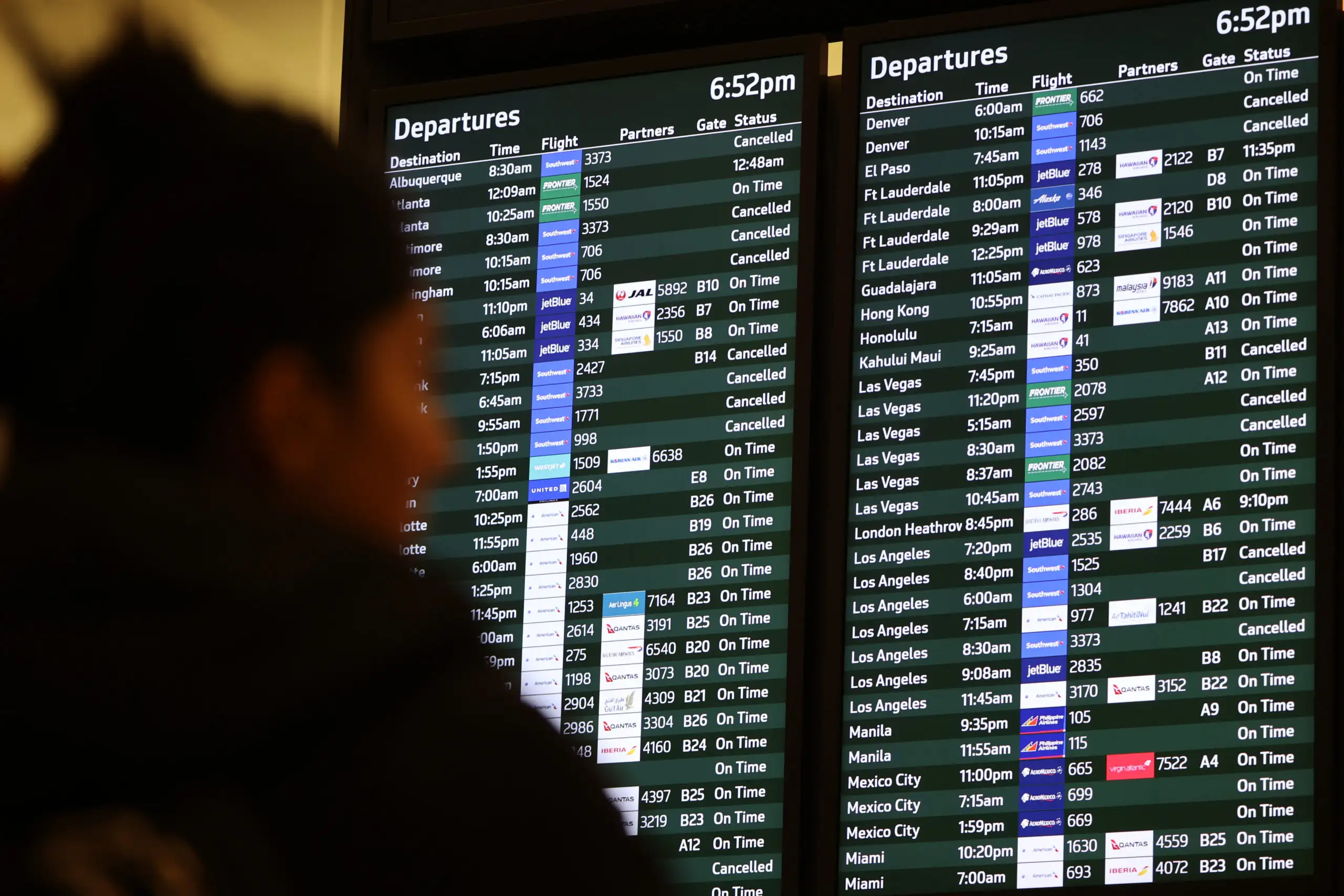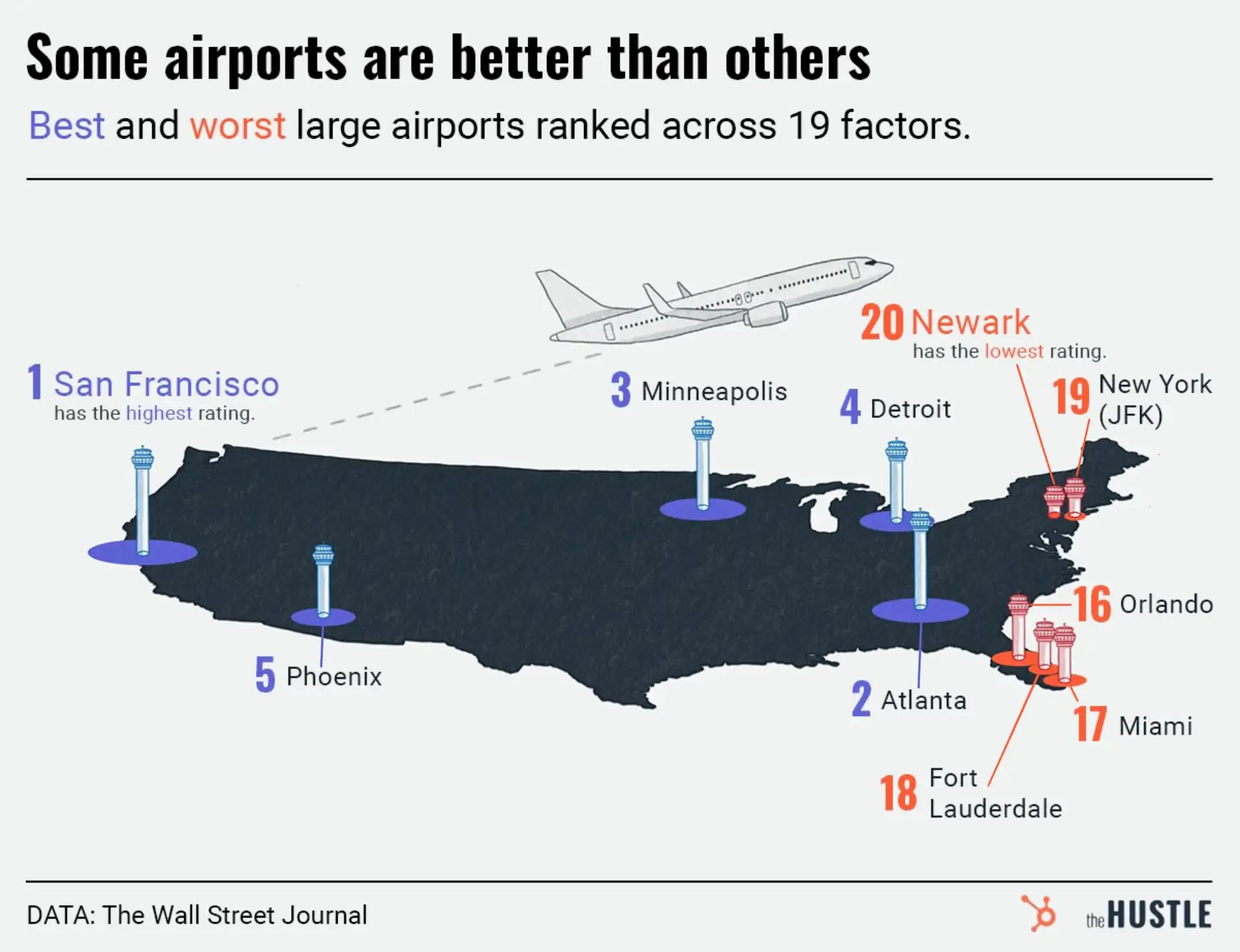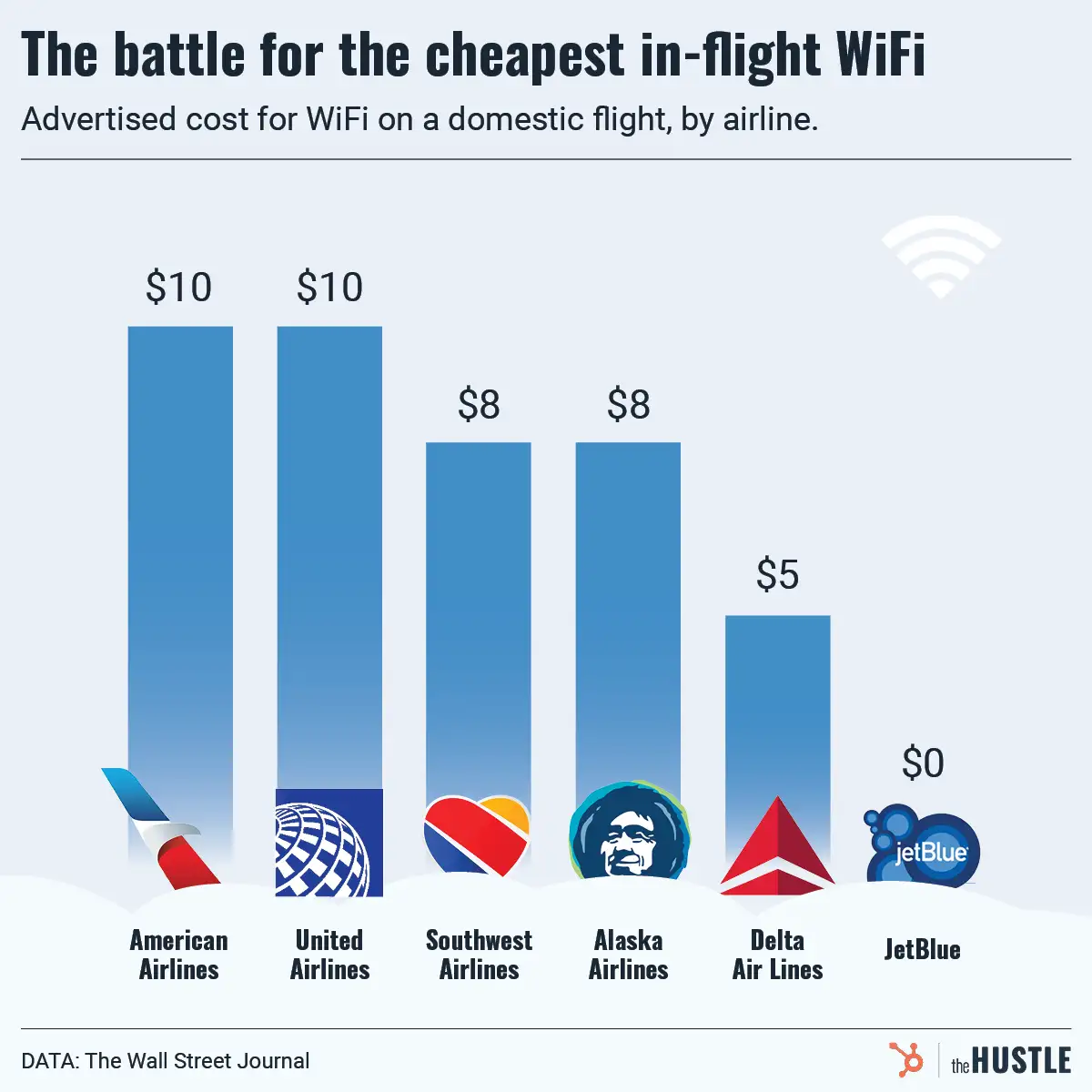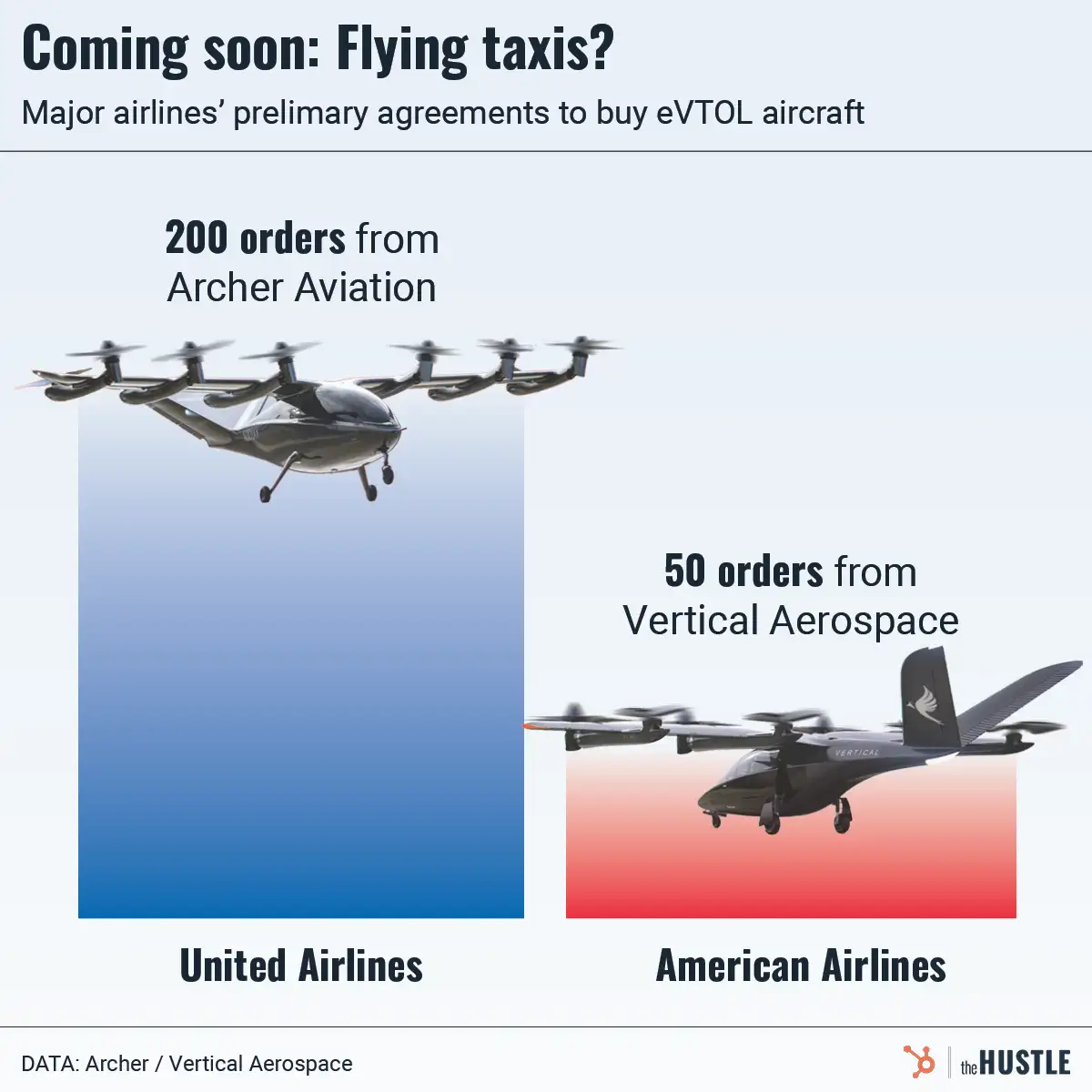5G is under fire this week, but not from conspiracy theory message boards this time.
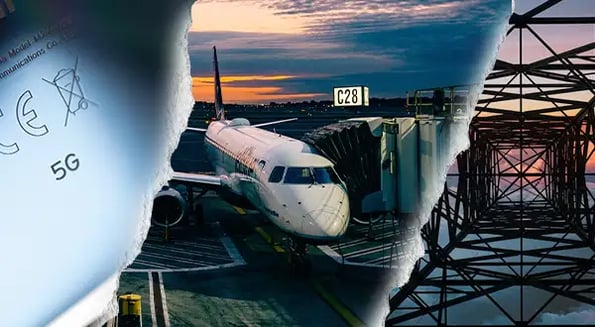
The core issue this week is safety in the skies.
The backstory
Back in February 2021, the FCC auctioned off a spectrum in the C band to telecom carriers including Verizon, AT&T, and T-Mobile for $81B+.
C band frequencies are between 4-8 GHz, per PC Mag. AT&T and Verizon’s 5G networks use frequencies between 3.7 and 3.98 GHz.
And that’s not far from 4.2 to 4.4 GHz…
… which aircraft radar altimeters use. Altimeters tell pilots how high their plane is from the ground — crucial when landing in low visibility.
Concern that 5G antennas near airports could cause interference — and thus delays and cancellations — has led to weeks of discussion among transportation regulators, wireless companies, and airlines, per CNN.
On Wednesday, AT&T and Verizon turned on their 5G networks
However, they agreed to hold off near airports. That compromise, plus good weather, led to a fairly smooth rollout.
By Thursday morning, the FAA had cleared 62% of the nation’s aircraft to land in low visibility, with more expected soon, per CNBC.
Meanwhile, PBS NewsHour science correspondent Miles O’Brien says compromises are likely to continue until all altimeters can be upgraded to those unlikely “to be fooled by 5G.”





